It is important to protect your invention or intellectual property (IP) in this interconnected world. Utility patents are quite useful for this purpose. They are among the most common tools for safeguarding original inventions or improvements to existing inventions. They provide exclusive rights to inventors and protect their ability to use their designs to generate revenue.
In this comprehensive guide, you’ll learn everything you need to know about such patents. Furthermore, it will include the kinds of inventions they protect and how to apply for one.
What Are Utility Patents?
Due to utility patents, inventors have an extra layer of intellectual property protection in the form of exclusive rights. These patents cover new and useful products. They give patent holders control over manufacturing, using, licensing, and selling their inventions for a specific period.

Types of Inventions Utility Patents Cover
Throughout the history of patents, many new subcategories have emerged. However, the main types of patents you need to be familiar with include the following:
Electrical
Electrical patents cover inventions related to electrical components, systems, or circuits. Battery technology and power generation devices fall into this category.
Mechanical
Mechanical patents apply to machines, mechanical processes, and devices that perform specific functions. Many categories such as automotive parts to furniture and household items fall into this form.

Software and Technological Innovations
The tech industry has become one of the fastest-growing areas for these patents. These patents cover software algorithms, computer hardware, and other tech solutions.
Compositions of Matter
A utility patent can be obtained for a new composition of matter. Some examples include pharmaceuticals, polymers, and other chemical compounds. For example, a new drug formula would fall under this type of patent.
Food
These patents can also apply to food innovations. Innovations such as flavor combinations, manufacturing methods, or processes that transform how food is prepared and served.
The Process of Applying for a Utility Patent
It’s good to start with making sure that your creation is original and hasn’t been patented by someone else. Therefore, the patent application process begins with a thorough patent search.
You can use a Patent and Trademark Resource Center (PTRC) to find information about utility patents and IP. The U.S. Patent and Trademark Office (USPTO) maintains a patent office directory to help you connect with a PTRC representative.
After confirming that your creation is novel and eligible for a patent, prepare your application. You’ll need to include detailed descriptions and drawings or blueprints. Then, gather all of your information and apply to the USPTO. A patent examiner will review the application and may request clarification or adjustments.
It’s advised to respond to any requests for information as quickly as possible. The sooner you reply, the quicker they can get back to you. After the patent is approved, you’ll be granted exclusive rights to your invention for up to 20 years.
Utility Patents vs. Other Types of Patents
Utility patents are just one type of patent. Here’s how they differ from other patent types:
- Utility Patent: Covers new and useful processes, machines, compositions, or manufacturing methods
- Design Patent: Protects the unique aesthetic of a product rather than its function
- Plant Patent: Covers the invention or discovery of a new plant species
Each patent type has unique requirements and offers different protections. You need to understand which patent is most appropriate for your invention so you can expedite the filing process.
How the Patents Promote Innovation
This type of patent gives inventors a period of exclusive control over their creations. Knowing they can secure financial and commercial benefits can motivate inventors to develop groundbreaking solutions.
Additionally, the details disclosed in a patent application can expand public knowledge and help others innovate further.

Common Challenges in Filing for these Patents
Here are a few roadblocks you may encounter when filing for a utility patent:
- Complex Application Requirements: They require specific descriptions, drawings, and terminology
- High Costs: Filing fees and legal costs can add up quickly
- Extended Wait Times: The approval process can take months or even years
Despite these hurdles, the protection a utility patent offers justifies the effort and cost.
Protect Your Patent Rights With a Subject Matter Expert
Learn more about how an expert witness can help by contacting our team today.
How to Protect Your Patent
Your patent is good for 20 years. However, that doesn’t mean your work is done. You have to pay maintenance fees at three separate points during that 20-year period. The fees differ depending on the size of the organization, but large entities can expect to pay the following:
- 3.5 Years: $2,000 fee
- 7.5 Years: $3,760 fee
- 11.5 Years: $7,700 fee
You’ll also be charged a $500 late fee if you pay your maintenance fee up to six months after the deadline. If your maintenance fee is more than six months late, your patent term could expire early.
After securing your patent, you’ll need to monitor the market for potential infringements. Unauthorized use of your invention can dilute its value. If you notice any infringements, consult a patent attorney to determine how to put a stop to the unauthorized use.
The Global Importance of Utility Patents
These patents are critical to the national and global economy. They protect innovations and enable inventors to capitalize on their ideas. By fostering competition and setting a foundation for international collaboration, these IP protections stimulate research and development efforts worldwide.
Do you have questions about how to file a patent and protect your invention? Blue Ocean Global Technology provides comprehensive consulting services designed to help you safeguard your brand image and intellectual property. Schedule a meeting with our expert consulting team today.
Frequently Asked Questions
1. What Are the Differences Between a Utility Patent and a Design Patent?
A patent covers the functional aspects of an invention. A design patent protects the visual appearance of a product, including its shape or pattern.
2. How Long Do they Last?
A utility patent typically lasts for 20 years.
3. Can I File for a Utility Patent Without a Lawyer?
Yes, but the process can turn into a headache-inducing ordeal. A patent attorney can help you avoid delays and reduce the risk of costly errors or rejections.
4. How Much Does It Cost to File this Patent?
You might pay a few thousand dollars in various fees to file your patent. A few of the most common are a utility examination fee, a search fee, and a basic filing fee. For large businesses, just these three charges total over $1,800.

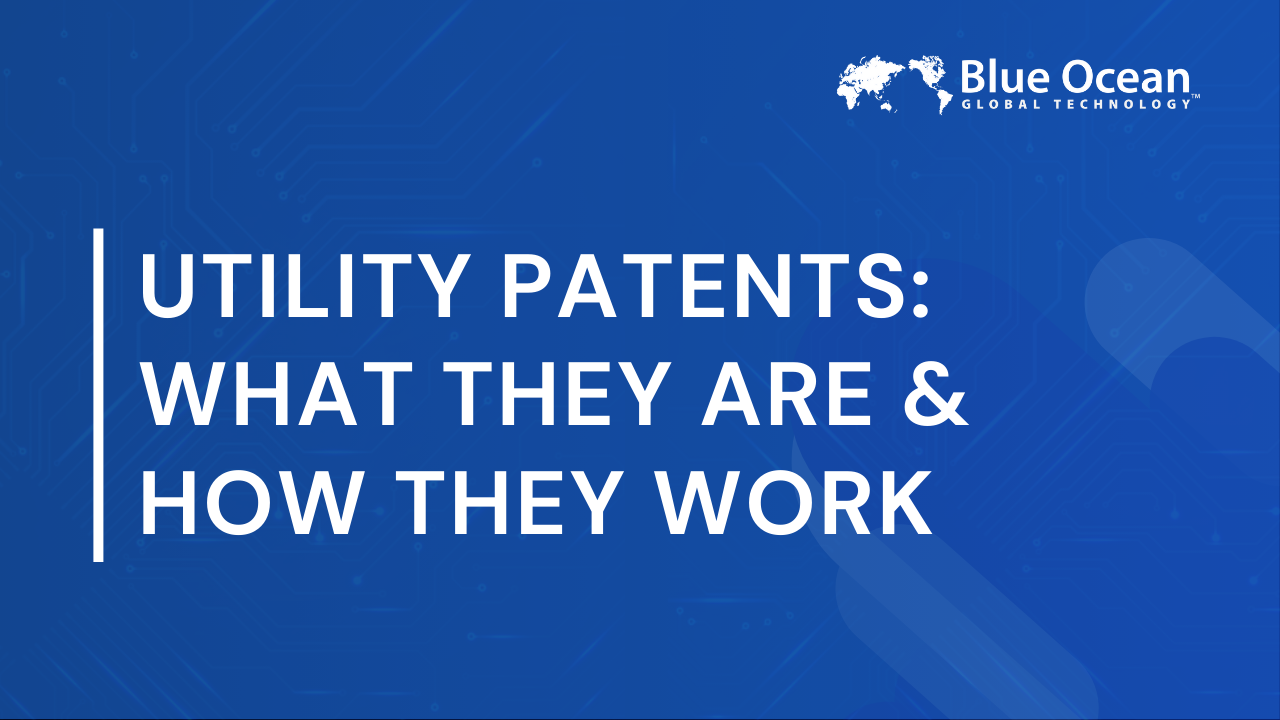
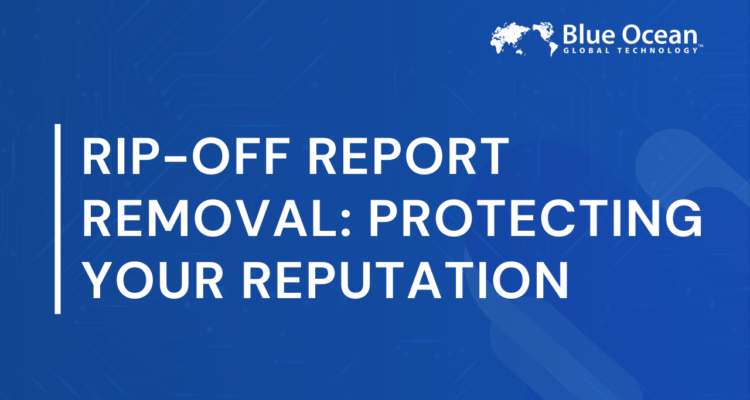





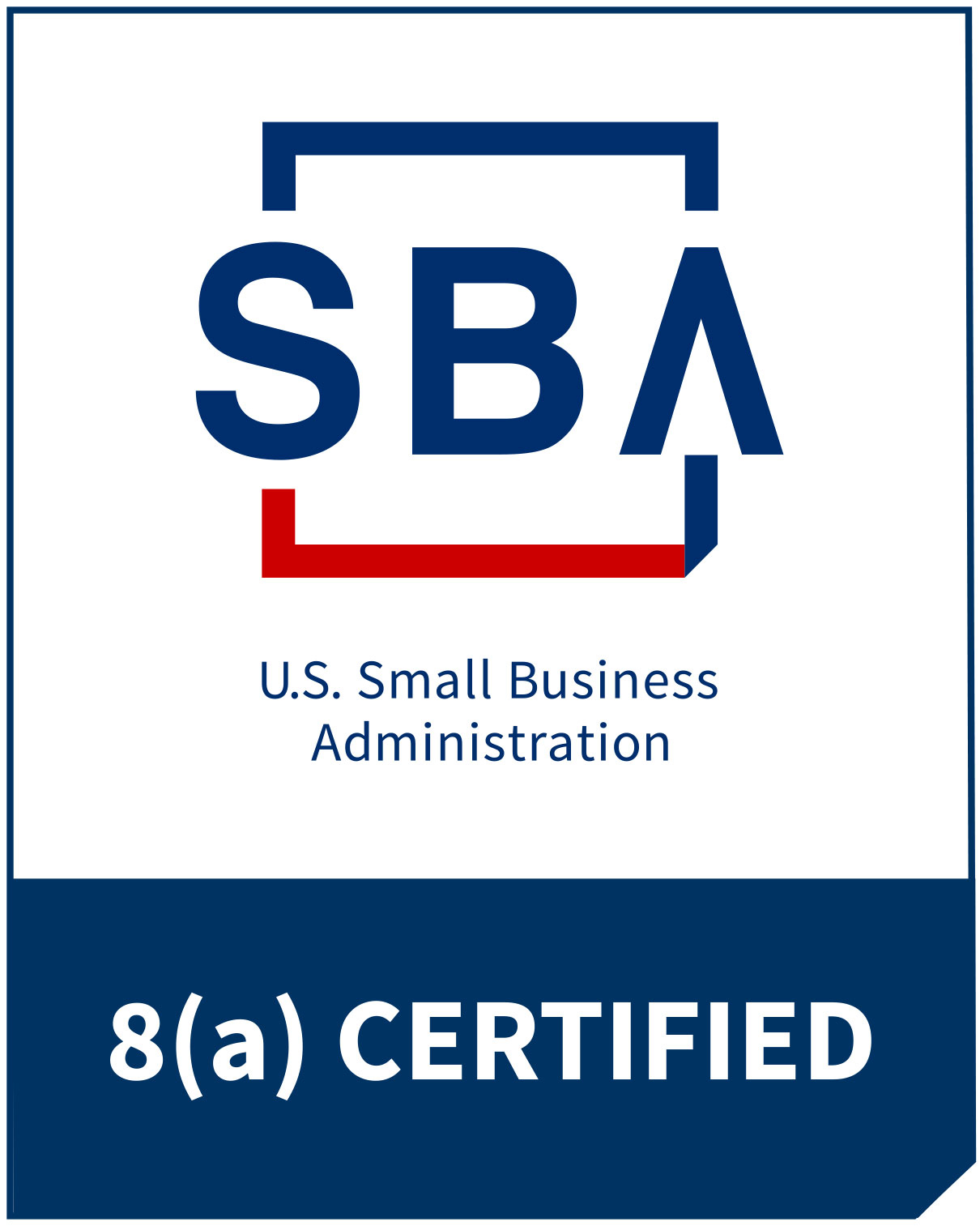

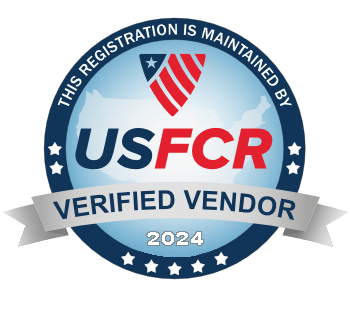


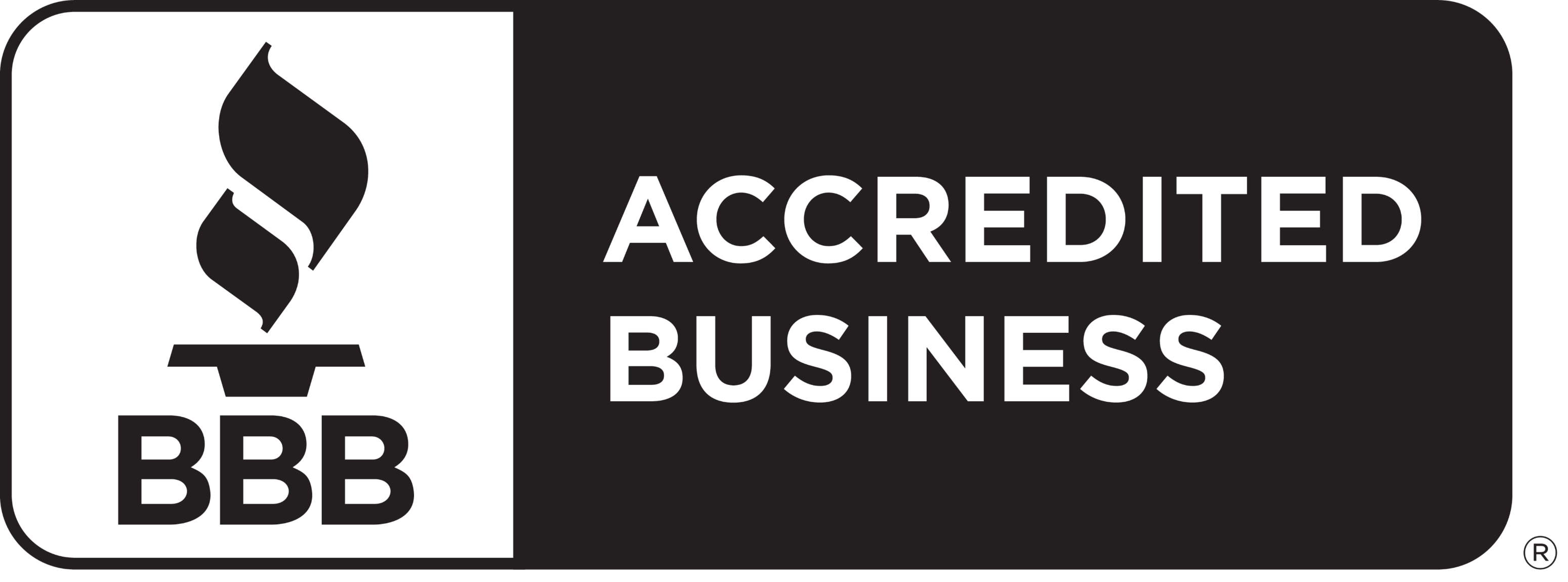
Comments are closed.